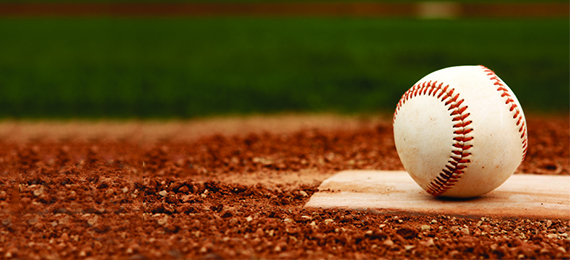
Baseball Facts
Baseball is a famous pastime activity in the United States and other countries. Like other interesting sports activities baseball also has amazing facts that you have never seen or heard before. Do you know what’s inside the baseball or how is a baseball made? If you don’t know about them then get a chance to know about the baseball ball facts through our blog and quiz.
- In the first half of the nineteenth century, the English game of “rounders” developed into modern baseball.
- In 1845, Alexander Cartwright of New York proposed the basic rules of baseball, which called for the softball used in rounders to be replaced with a smaller hardball.
- A baseball is a ball that is used in the sport of the same name baseball. It has a diameter of 9 inches (22.9 cm) to 914 inches (23.5 cm) (around). The ball is 8 ounces in weight.
- During the initial periods in the history of baseball sports history, players all made their own balls out of whatever materials they could find.
- A baseball is made up of three basic components: a round cushioned cork pill at its heart, wool and poly/cotton windings in the center, and a cowhide covering on the outside.
- Most of the baseballs have cork, rubber, or a combination of the two in the middle. It can be layered at times. The middle core is wrapped in yarn, twine, and sometimes wool.
- The outer two-piece leather cover is sewn on and stitched together with 108 waxed red cotton thread stitches.
- There are 108 double stitches on each baseball, with the first and last stitches hidden beneath the leather. While some argue that the baseball ball has 216 stitches as they are double stitched.
- Each baseball ball is hand-sawn and it has a six-pitch limit before being retired. This means that each game uses around 5-6 hundred baseballs.
- Before being accepted for use on official Major League baseballs, cowhides are tested in 17 possible ways to test their thickness, grain strength, tensile strength, and other areas.
- In the future, the size of baseballs, baseball coverings and the raw materials used to produce them are likely to remain unchanged.
- Changes in the manufacturing process for baseballs are also required, but there have been no successful attempts to automate the method of stitching cowhide covers on baseballs.
History of Baseball
Baseball, originating in the United States in the mid-19th century, has a rich history and has evolved over time. The Knickerbocker Base Ball Club, founded by Alexander Cartwright in 1845, formalized the rules of baseball, introducing key elements like diamond-shaped playing fields, foul lines, and the concept of outs. The National Association of Base Ball Players (NABBP) was formed in the late 1850s, focusing on amateur teams and codifying the game’s rules. As baseball’s popularity grew, professionalism crept into the sport. The first professional baseball team, the Cincinnati Red Stockings, was established in 1869, followed by other professional clubs.
The National League (NL) was formed in 1876, with eight teams and a regular schedule of games. In 1901, the American League (AL) was established as a competitor to the National League. The two leagues eventually merged to form Major League Baseball (MLB) in 1903, solidifying the sport’s professional status. Baseball has witnessed many legendary players and iconic moments, including Babe Ruth, who became a superstar in the 1920s. Despite facing challenges during the first half of the 20th century, such as racial segregation, baseball has continued to evolve, adopting new rules, expanding its international presence, and captivating fans worldwide. The sport’s enduring legacy and ability to bring communities together make it an integral part of the sporting landscape.
When Was the First Baseball Ball Made?
- A. 1857
- B. 1858
- C. 1859
- D. 1860